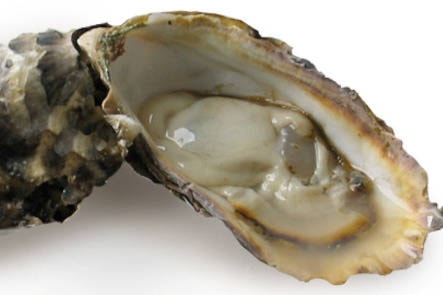Island Health has issued a warning to those on the hunt for shellfish, saying if you’re going to self-harvest, you need to do it intelligently to avoid serious illness.
“Island Health is reminding self-harvesters to be aware of shellfish closures during the harvest season. The best way to protect yourself and others is not to harvest shellfish from closed areas,” the release states.
Toxic forms of algae often increase in ocean water in the summer with warming water temperatures. Concentrations of toxins can accumulate in filter-feeding shellfish. Shellfish that can be affected include: clams, oysters, whole scallops, mussels, cockles, geoducks, whelks, periwinkles, or the innards of crab (toxin can be in flesh if the crab is boiled before innards are removed).
Part of the problem with toxic shellfish, the Island Health release says, is that they don’t look any different from the ones that are safe.
“Shellfish that have accumulated toxins will not appear to be ill or contaminated,” the release says, adding that while cooking can reduce the risk from bacteria and viruses, it does not render the shellfish safe from possible toxins.
“When contaminated shellfish are consumed, illness can result. Toxins, such as saxitoxin, can cause human illness including Paralytic Shellfish Poisoning (PSP). Saxitoxin and PSP are a frequent cause for shellfish closures.”
The best way to avoid illness, the release says, is to check the area in which you are harvesting to make sure it’s open.
“There is no safe place to harvest shellfish without checking shellfish closures first,” the release says. “Environmental testing in June has shown very high environmental levels of toxins in the harvesting area where human illness occurred. The absence of an algae bloom is not an indicator of shellfish safety.”
Symptoms of shellfish poisoning can occur within minutes and/or up to 24 hours after eating contaminated shellfish. In mild cases, symptoms may include tingling, vomiting, diarrhea, abdominal cramps, headache, dizziness, muscle weakness, disorientation, memory loss, loss of coordination, or difficulty swallowing. These symptoms disappear within several days.
While some of that may not sound that bad, in serious cases, Island Health adds, “seizures, unstable blood pressure, paralysis, difficulty breathing, coma or death may occur.”
So at the first sign of symptoms, Island Health is asking people to contact the Poison Control Centre at 1-800-567-8911 for first aid advice and seek medical attention immediately.
Shellfish harvested for sale are monitored and tested by the CFIA; shellfish from an approved source are considered safe for consumption in moderate amounts. Island Health, BCCDC and FNHA work with agencies to improve monitoring in areas not used for commercial harvesting and which may have greater use by self-harvesters.
Some useful links for more information:
• Closure information can be found at maps.bccdc.org/shellfish/ and www.pac.dfo-mpo.gc.ca
• Information on marine toxins can be found at healthlinkbc.ca/healthtopics/content.asp?hwid=ug2961
• More information for self-harvesters can be found at bccdc.ca/health-info/food-your-health/fish-shellfish/shellfish-harvesting-control
For information please contact Island Health, Health Protection office: 250-519-3401.
